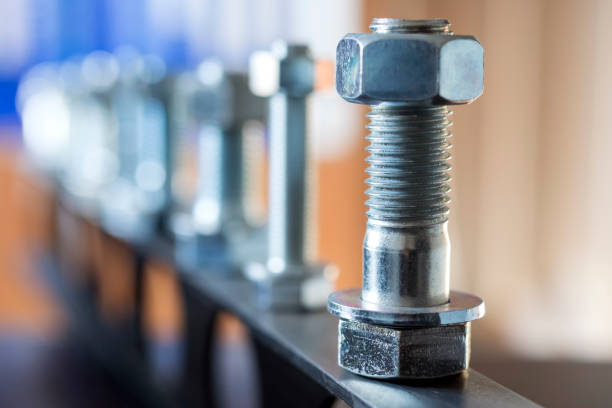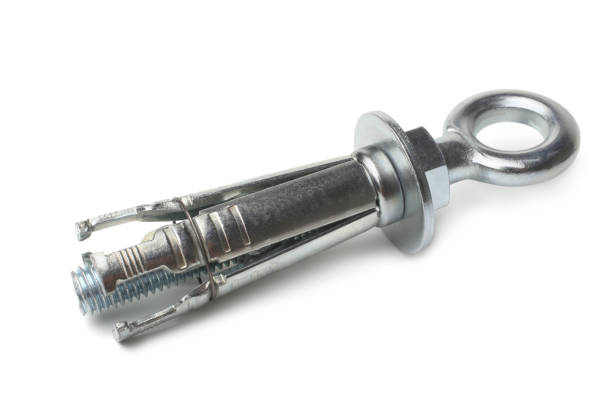A category of anchor utilized to fasten various substances to concrete is commonly referred to as a "wedge anchor." Some companies sell wedge anchors under various brand names, including Kwik Bolt, Thunderstud, and Power Stud. The various wedge brands secure all functions according to the same standards, are made with the same basic components, and provide comparable top-notch performance.
What Is A Wedge Anchor?
Wedge anchors are made up of two separate parts that get perpetually pre-assembled into an individual piece. A carbon steel bar strung along part of its length serves as the main component. The anchors installed or reversed end has a funnel-shaped or narrowed opening that tightens outward to the entire length of the pole.
The second component of the wedge anchor consists of a steel sleeve or slip that is perpetually wrapped around the pole segment with the shape of a funnel. A washer ad nut is also needed to complete the installation of each wedge anchor.
As long as the base material is sturdy cement, wedge anchors can be used in various applications. Unlike many other robust latches, the wedge anchor cannot be used in block or block. It is considered easy to use a wedge anchor and is available in a massive range of sizes and lengths. Both delicate and uncompromising applications can make use of wedge anchors.
Functioning of A Wedge Anchor- Points To Note
Once more, wedge-type robust latches are designed to be used metaphorically in solid cement. They are meant to be inserted into a concrete hole that has already been drilled. These wedge anchors cannot be removed once they are installed without destroying the substantial. The opening that needs to be bored into the powerful should generally be the same size as the anchor.
There is very little resilience between the hole and the anchor. The clasp is recessed in the hole of the tapered space as the anchor is pounded into the opening, allowing the anchor to pass through.
Installation of Wedge Anchor
The installation of a wedge anchor is usually completed by following the steps below:
- Ensure the wedge anchors are the right length to meet the base implant and fit through the apparatus's opening. The washer must also be more significant than the installation opening.
- Using a seed drill and a carbide-tipped stone work bit, drill the openings while using the hole as a layout reference. The anchor measurement should be the same as the bore breadth. The opening must first be completely free of debris and residue utilizing a wire brush, vacuum, or compressed air.
- Attach the anchor with the nut and washer, then turn the anchor two or three turns. The wedge anchor's strings are protected while driven into the opening by not completely stringing the nut.
- Through the hole in the fixture, insert the wedge anchor.
- Cautiously insert the anchors into each hole, ensuring that the strings pass beyond the apparatus's edge or beneath its outer layer and that the base insertion requirements are met.
- Adjust the nut-finger tightly. To ensure they are tightened to the necessary force value, use a force wrench or a wrench to turn the nut three to four turns. If you apply too much force, the anchor may turn or haul to a safer location.
Conclusion
Finally, when it comes to anchoring into sturdy cement, a wedge anchor is a wise choice. These anchors are available in various materials and have excellent holding values to fulfill the necessity of multiple applications. To ensure that the wedge anchor is set correctly and securely, it is crucial to confirm that the proper width and length are used in every application.

